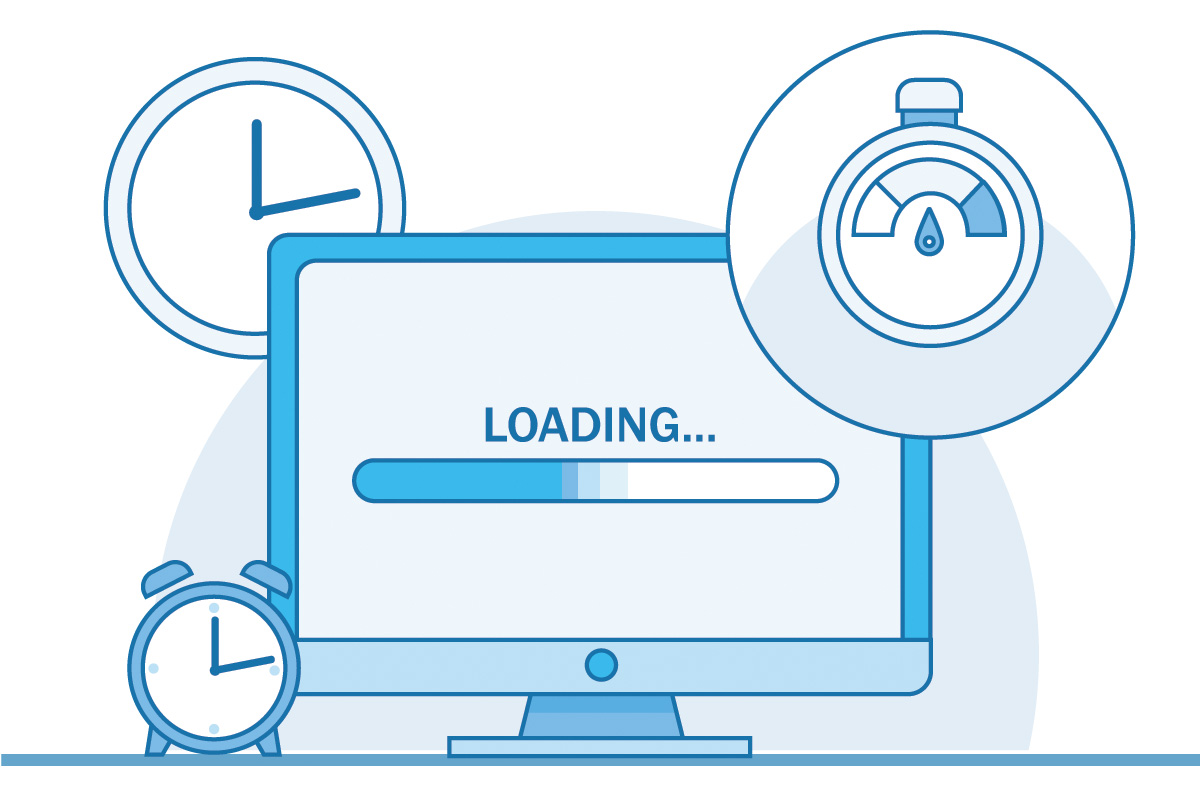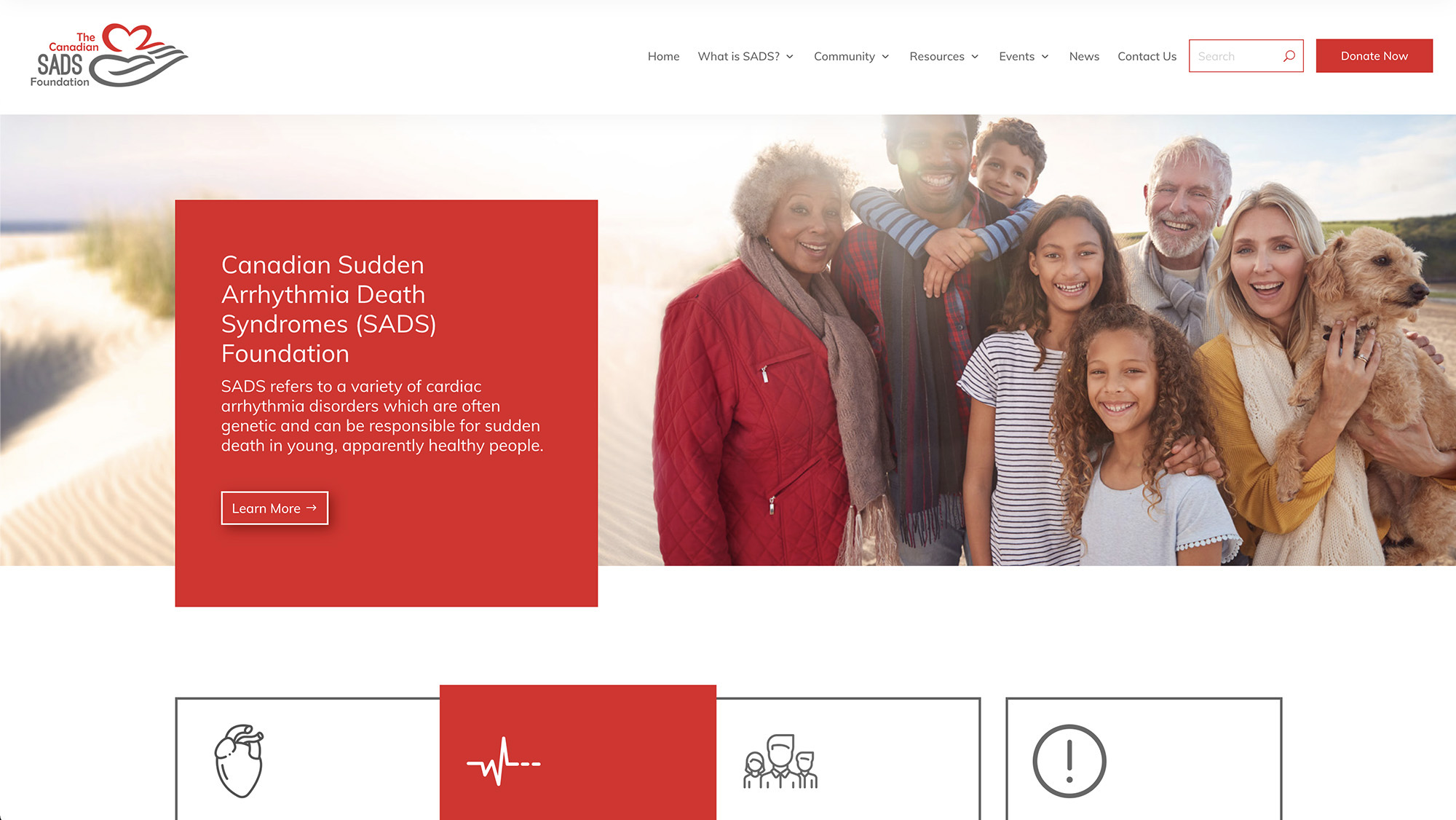The recent surge in digital transformation has, to an extent, helped marketers successfully drive consultative sales relationships and better brand awareness among customers. This acceleration of digital trends has radically reshaped traditional selling channels and has compelled brands to accept digitization. Among the diverse online options, only those brands that consistently outperform their peers can achieve more revenue, more operating profit, and better customer satisfaction. To stand out from the competitors, the brand websites’ must not only make an impression among their audiences but must also comply with the upcoming Google algorithm updates that give priority to Page Experience and Core Web Vitals. With these new updates, Google anticipates exceptional shifts in customer experience by prioritizing websites that have reimagined web interaction. Websites still have time to fundamentally transform their customer experiences as the new Google algorithm update will only roll out by the end of August 2021.
What Are Core Web Vitals and Why is it Important for Websites?
Google has announced that Core Web Vitals (CWV) will be an important search engine ranking factor for all websites in 2021. Core web vitals will define a website’s credibility on three factors; Largest Contentful Paint (LCP), First Input Delay (FID) and Cumulative Layout Shift (CLS). By embracing these three imperative factors, brands can build future-ready websites that will improve their odds of thriving in a digital world. It will significantly increase the website visibility in search engines as it will be considered as an official Google ranking factor for every site in 2021.

What is the Largest Contentful Paint (LCP)?
As the name indicates, the LCP test will determine the amount of time it takes for your largest visible piece of content to load on a website. The largest content could be anything from an image, video, or block of text. To meet Google’s Largest Contentful Paint (LCP) standards, websites must minimize the size of huge files or leverage Content Delivery Networks (CDN) to deliver media.
What is First Input Delay (FID)?
FID measures the time taken for a website to respond to customer interactions such as button clicks, entering data, filling forms, or choosing an option. Even minute lags after performing an action can be frustrating to a user, therefore it’s always best to keep interactions as seamless as possible. This can be done by avoiding unwanted third-party scripts, deferring or minimizing JavaScript, and implementing browser cache to load pages faster.
What is Cumulative Layout Shift (CLS)?
CLS will measure if there are any unexpected page content layout shifts in a website while it’s being loaded. If the website elements are unstable and keep moving around as the page loads, it creates a confusing experience for visitors, hence significantly increasing the bounce rate. To avoid such inefficiencies, developers must ensure that websites load dynamic elements precisely on multiple platforms, avoid layout shifts and optimize advert blocks.

Conclusion
Core Web Vitals (CWV) are just a few of the many Google ranking factors that websites will have to address to provide a holistic customer experience. The passionate team of experts at Web Sharx can help websites improve their Core Web Vitals (CWV) and other Google ranking factors, enhancing website performance as well as search engine rankings. Get in touch with us, if you’d like to transform your website into a profitable business platform.







